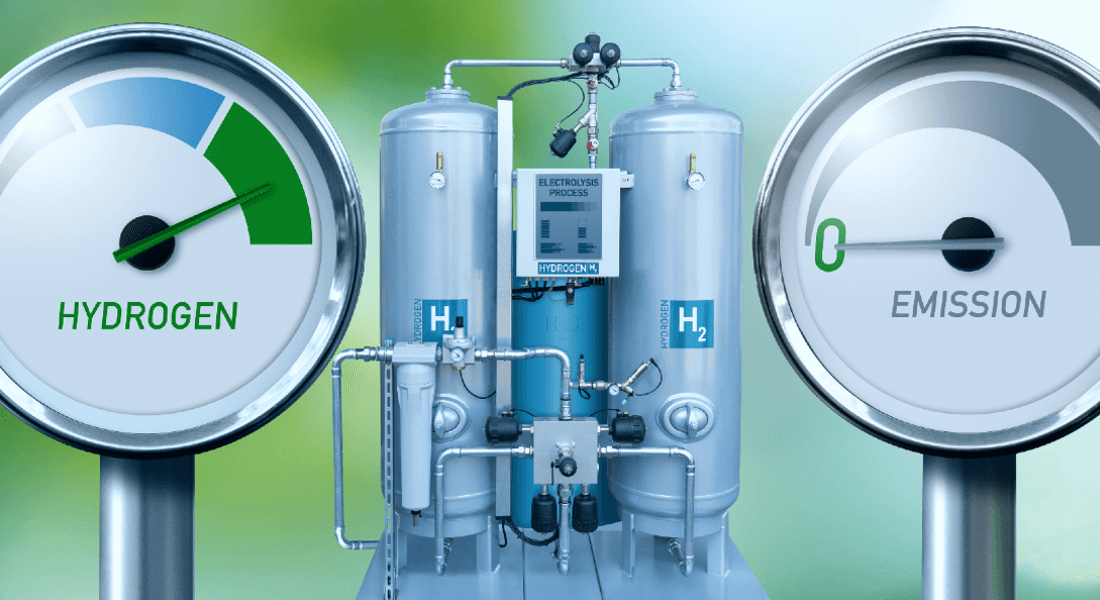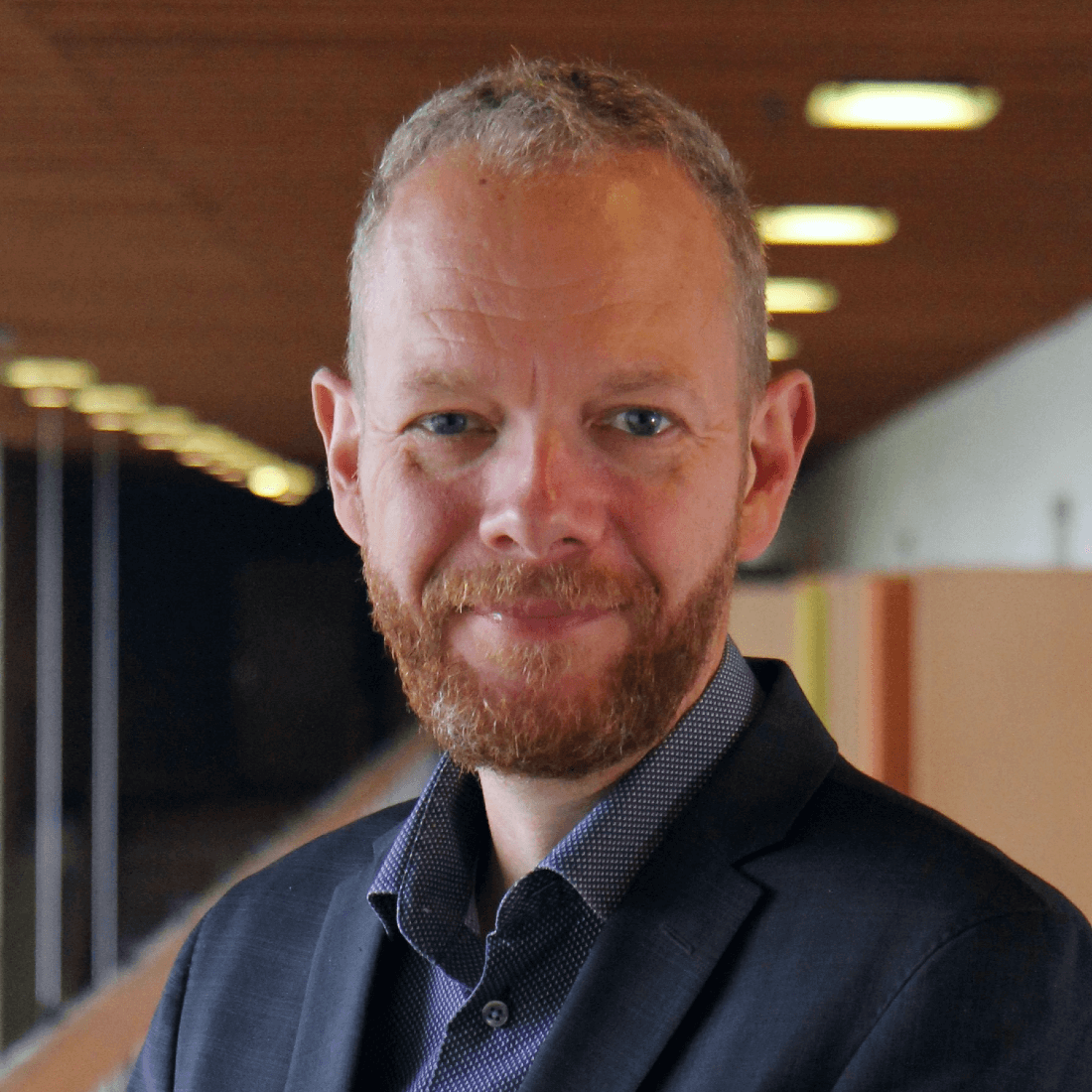Major EU grant will make metal alloys the catalysts of the future
New international research collaboration to trailblaze the next generation of catalysts – a prerequisite for the renewable chemicals and fuels of the future. The researchers hope to accomplish this with a new data-driven approach to studying catalysts and their materials. The collaboration, which includes the University of Copenhagen, has just received an ERC grant of €10 million to realise its ambitions.

The renewable fuels of the future depend on them, but they are already used to make everything from creams, rain jackets, cleaning products and gasoline. Catalysts speed up chemical reactions and the way chemicals interact with other compounds. Presently, intensive research is being conducted to find new and better catalysts that can also be used for the green transition.
In a new Synergy Grant, Jan Rossmeisl from the Department of Chemistry at the University of Copenhagen, together with researchers Matthias Arenz from the University of Bern, Alfred Ludwig from the University of Karlsruhe Bochum and Karl Mayrhofer of the Friedrich-Alexander-Universität Erlangen-Nürnberg have received €10 million from the European Research Council (ERC).
The grant will be used to study whether it is possible to develop more efficient, long-lasting and sustainable catalysts by investigating so-called high-entropy materials (HEM) – i.e., materials that consist of composite metals or alloys, as opposed to the materials upon which conventional catalysts are based, which typically consist of just one chemical element.
"We will search for basic knowledge about the materials that can be used for catalysts, and about their stability. Thereafter, we hope that this knowledge can make it possible to develop more effective and durable materials for electrocatalysis. Should we succeed, it could pave the way for a new generation of catalysts," says Jan Rossmeisl.
Project objectives
The new research collaboration aims to gain knowledge about and ultimately develop a new class of catalyst materials that are:
- As effective or better at promoting the chemical conversion of electricity into chemicals.
- Have a higher metastability, which means that the material takes longer to rust while maintaining its efficiency.
They also hope to develop the selectivity of HEM materials – i.e., that the chemical process becomes purer so that no unwanted chemical by-products are created. Furthermore, the goal is to achieve the above using more sustainable, cheaper and accessible materials. Finally, the researchers hope to contribute important basic research regarding materials and catalyst stability, among other things.
Among other things, electrocatalysis is the prerequisite for Power-to-X, which has been designated to play a key role in the EU's green transition plans. Here, hydrogen is split from water using electricity, which allows energy to be stored as green fuel.
"It can be explained simply. With a catalyst that is twice as efficient, we only need half as many wind turbines to produce the same amount of renewable fuel, and the efficiency of electrocatalysis depends on what the catalyst is made of," states Jan Rossmeisl.
Current materials are rare and expensive
The processes at work within a Power-to-X plant occur in an extreme environment where nearly all material degrades very quickly. It simply rusts. This restricts the possibilities for which materials can be used. Hence, today’s electrocatalysts often consist of rare and expensive materials.
One of these, iridium, is one of the rarest elements on Earth. Because very little of it is mined, the metal is expensive and the prospects of it being used on a large scale are poor.
"If we can develop new knowledge and methods that allow for the design of substitutes that are mixtures of many chemical elements, with perhaps only a bit of iridium, and which are just as or more effective and durable, it would be better and more sustainable," says Jan Rossmeisl.
Unimaginable potential
Each of the four researchers will contribute with their own core competencies in a wide range of scientific disciplines. In a data-based approach, they will combine theoretical modelling and simulations, extensive parallel experiments, the chemical development of nanoparticles and machine learning.
By altering between theory, statistical calculations and practical experiments, the group will work towards various mixing ratios of the metals.
"In Germany, we have the opportunity to perform many experiments quickly and test a wide variety of compositions for their catalytic ability and durability. We can use the results to make adjustments before finally trying to develop realistic proposals for the actual components," explains Jan Rossmeisl.
However, the main goal of the research is to translate knowledge generated by the studies into valuable basic research, which will result in a theory of stability – i.e., an understanding of the durability of catalyst materials and how to improve them.
"We don’t really know much about this today, so we also hope to contribute to the basic understanding of what makes materials more stable," says Jan Rossmeisl, who adds:
"Basic research in new materials can change our world in unimaginable ways. Iron opened up a world of possibilities that Stone Age humans could not dream of, as did the materials in lithium-ion batteries relatively few years ago. It is difficult to predict what new materials could lead to," he says."

The researchers behind the project
The four professors behind the project are:
Professor Alfred Ludwig from the Ruhr University Bochum, Germany
Professor Karl Mayrhofer of the Helmholtz Institute and Friedrich Alexander University, Erlangen-Nuremberg, Germany
Professor Matthias Arenz from the University of Bern, Switzerland
And, Professor Jan Rossmeisl from the University of Copenhagen.
Contact
Jan Rossmeisl
Professor
Department of Chemistry
University of Copenhagen
Jan.Rossmeisl@chem.ku.dk
+ 45 50 71 95 84
Kristian Bjørn-Hansen
Journalist and Communications Officer
Faculty of Science
University of Copenhagen
kbh@science.ku.dk
+45 93 51 60 02
